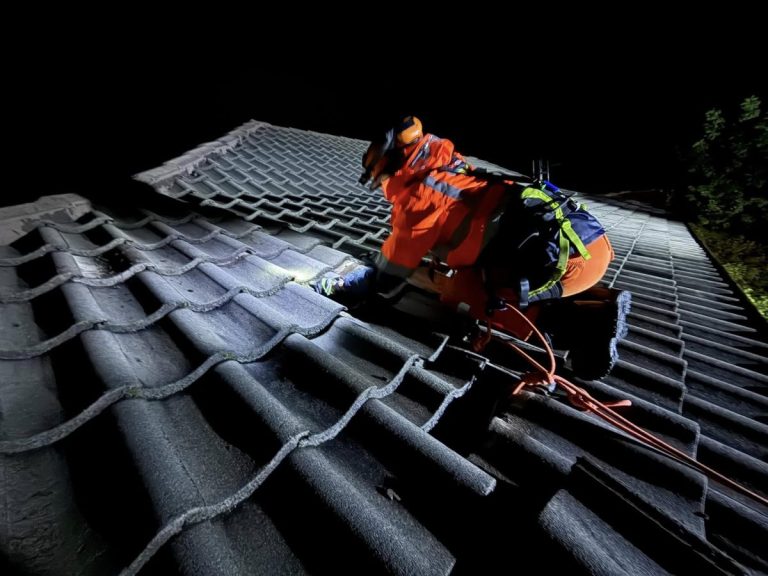While Viking men were primarily engaged in warfare and seafaring expeditions, women played essential roles at home, managing households and overseeing family affairs. The ascia vichinga had responsibilities such as farming, weaving, and raising children. However, this does not mean Viking women were confined solely to domestic tasks.
Evidence of Viking Women in Combat
While historical records are scarce, there are intriguing indications that ascia vichinga did participate in combat. One such piece of evidence is the discovery of female skeletons buried with weapons. Archaeological excavations have revealed graves containing female remains alongside swords, arrows, and axes. These findings suggest that some Viking women were indeed equipped for battle.
Female Viking Warriors: Fact or Myth?
The topic of female Viking warriors has been debated among historians. Skeptics argue that weapons in women’s graves could be symbolic rather than indicate their actual combat roles. Others believe these burials provide concrete evidence of Viking women’s involvement in warfare. Further research and analysis are necessary to reach a definitive conclusion.
Challenges in Studying Viking Women
Studying the role of Viking women presents unique challenges due to the limitations of available historical records. Viking society was primarily an oral culture, and written accounts from that time were scarce. Most of our knowledge about the Vikings comes from sagas, myths, and later written sources. These sources often contain elements of fiction and exaggeration, making it difficult to discern historical facts from literary embellishments.

Burial Sites and Archaeological Discoveries
Archaeological excavations are crucial in shedding light on the lives of Viking women. The presence of weapons and other martial artifacts in female graves indicates that some women were closely associated with warfare. However, it is essential to approach these discoveries cautiously, considering the possibility of exceptional circumstances or individual cases rather than widespread female warrior culture.
Legends and Sagas: Portrayals of Female Warriors
Viking sagas and legends often depict powerful female characters engaged in combat. The most famous example is Lagertha, a legendary shieldmaiden who fought alongside Viking warriors. While these tales may be fictional or exaggerated, they reflect the perception of women’s potential as warriors in Viking society.
Theories and Interpretations
Historians and scholars have put forward various theories and interpretations regarding the role of Viking women in combat. Some argue that women may have fought as a last resort to protect their communities during raids or conflicts. Others propose that women could have taken up arms without men due to circumstances such as prolonged warfare or exploration.








